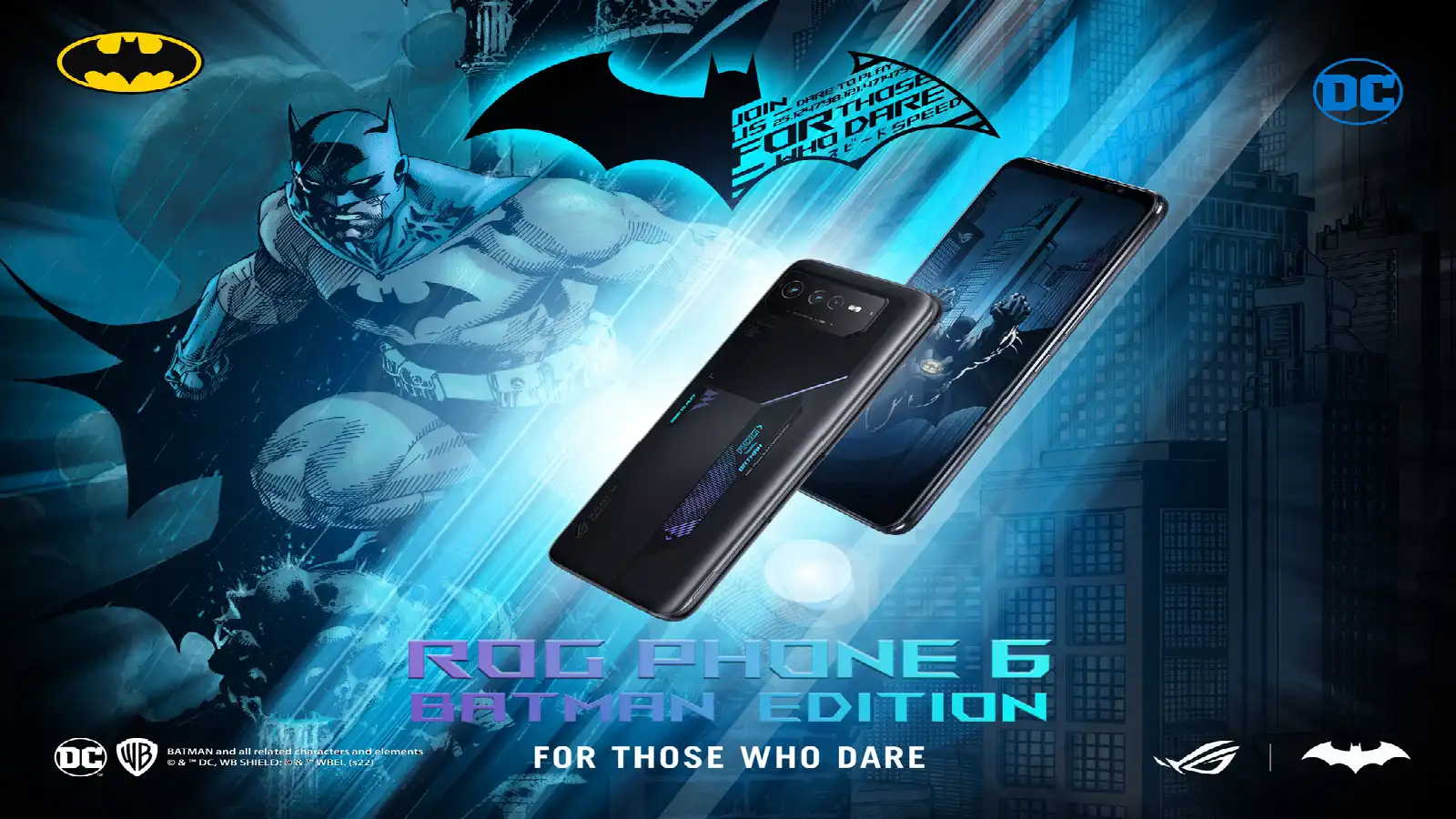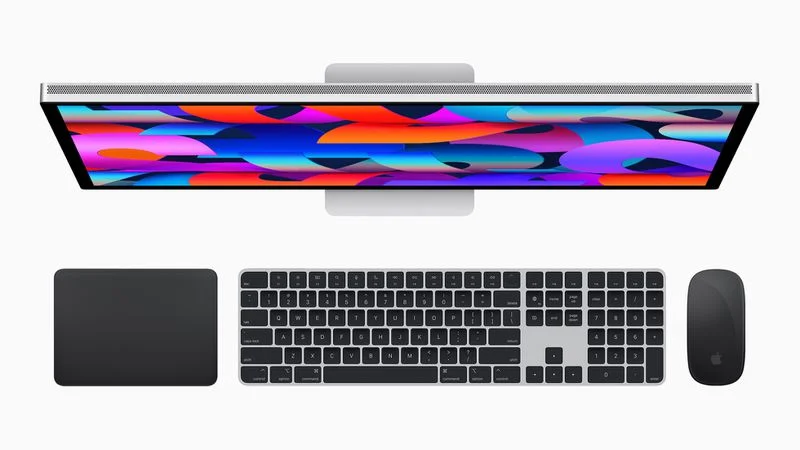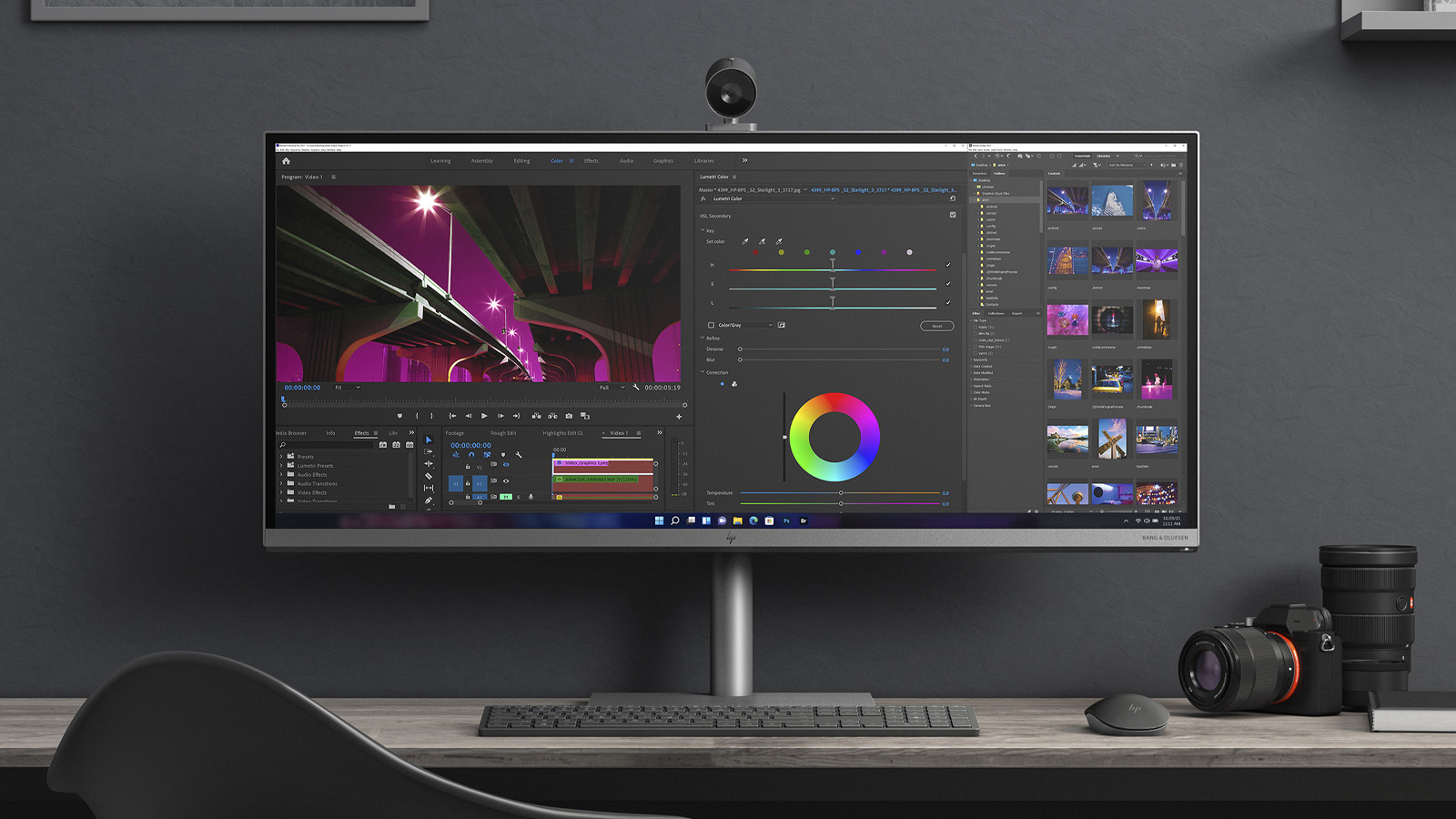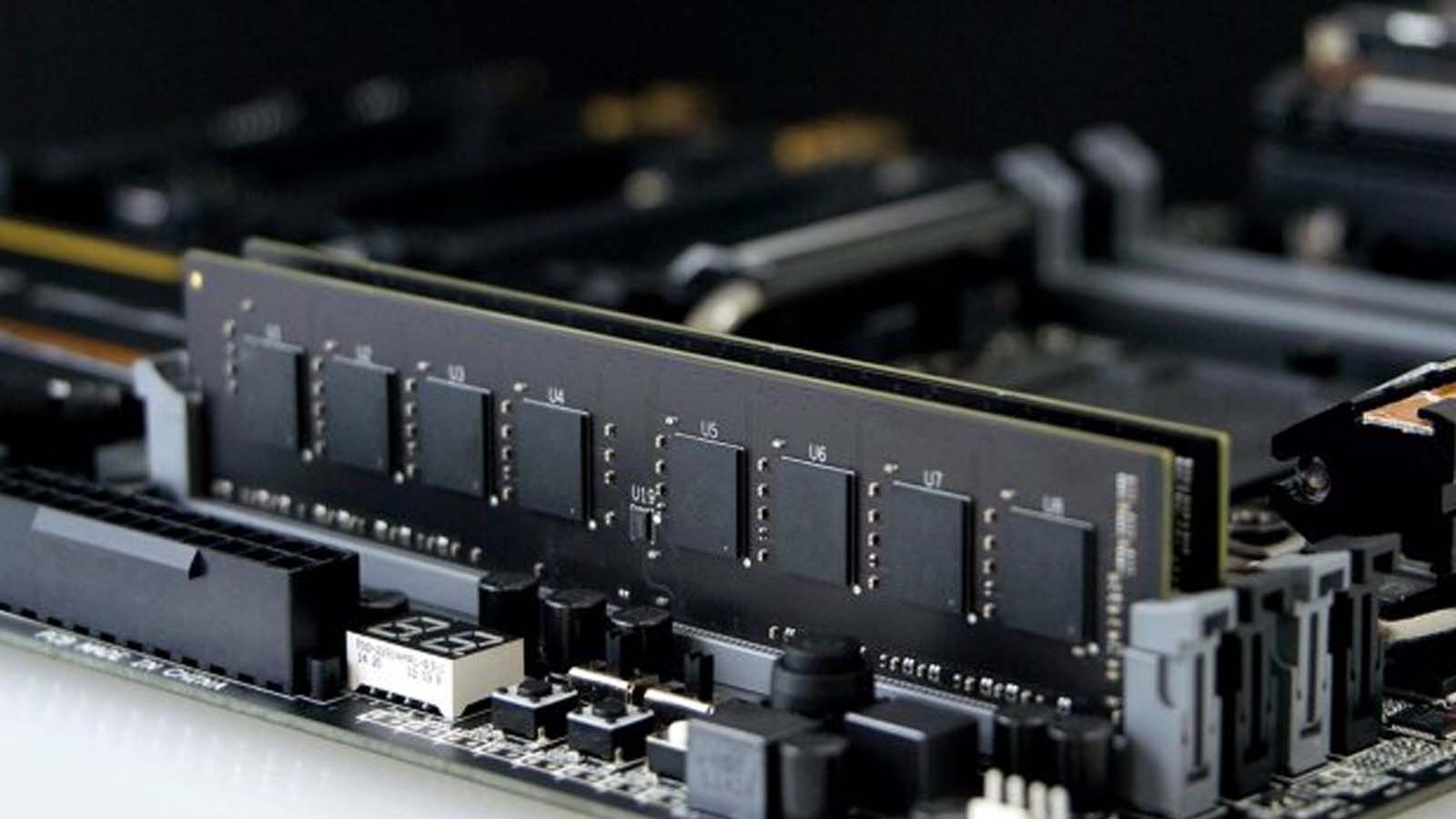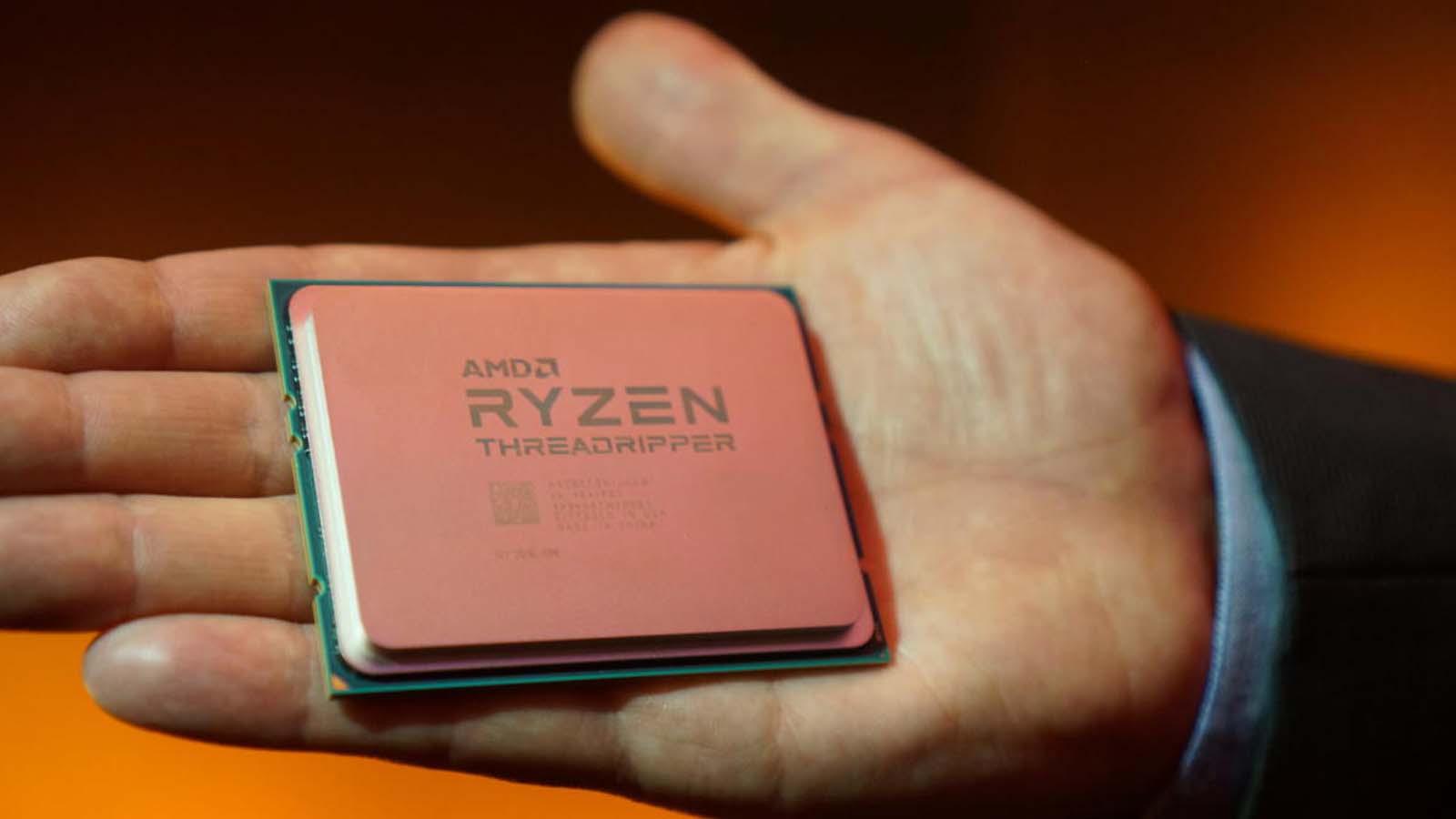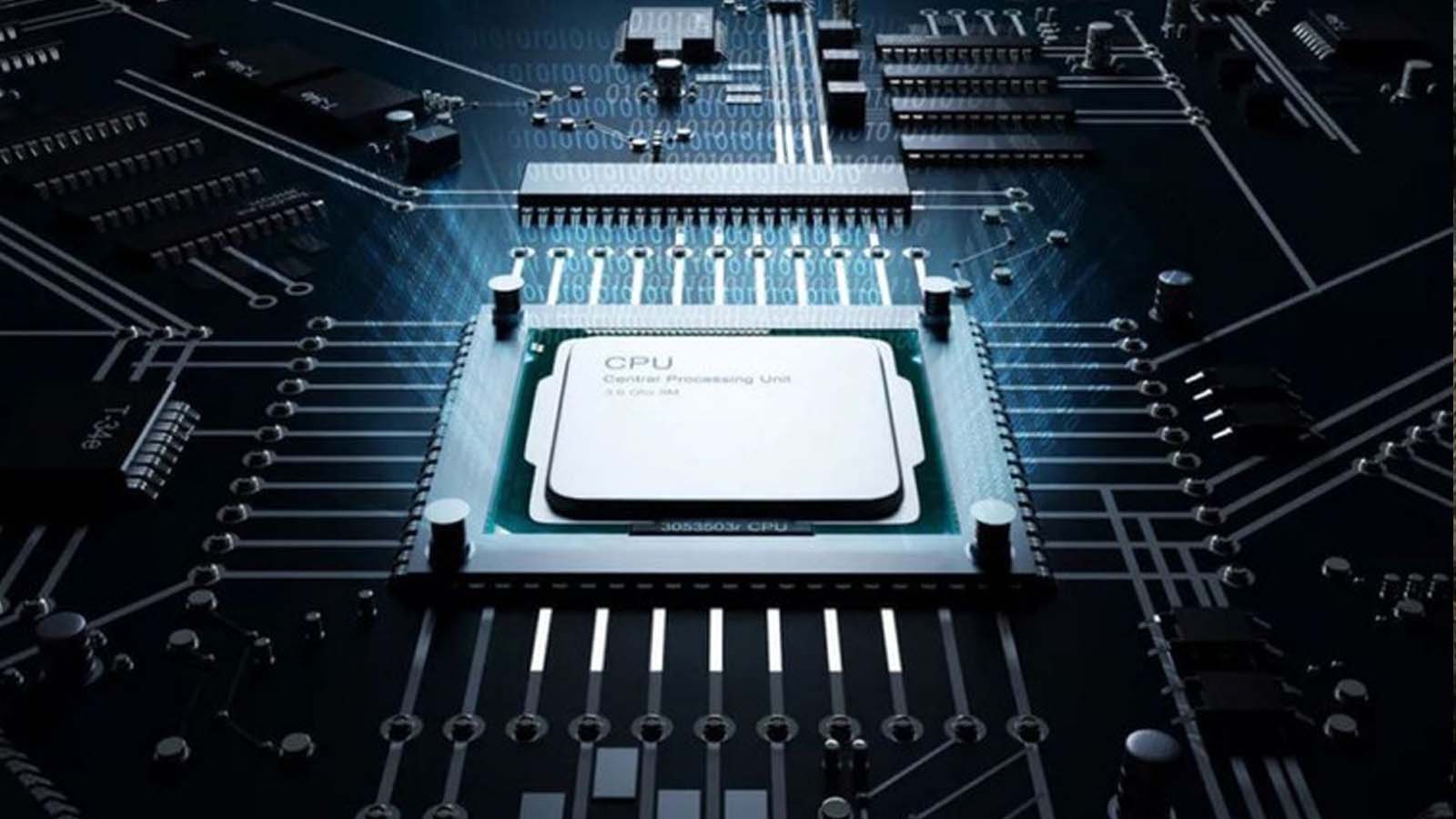Is It Worth Upgrading Your Processor For Maximum Nvidia Ampere Performance?
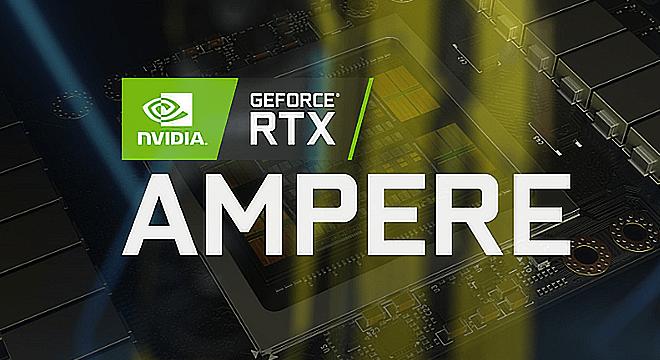
If you're looking to upgrade your graphics card, it's worth taking a look at the rest of your system.

I am sure that many of us aimed on RTX 3080 or RTX 3070 (or even to RTX 3090 ) and are already planning what they need to do to give Ampere from Nvidia the best house. And it doesn't have to be just spending as much money on it as possible, at least it's not for most of us - those eyeing the RTX 3090 are obviously in a different league and can immediately move to the Intel Core i9 10900K and you're done (or AMD Ryzen 9 3950X, if they think otherwise).
Nvidia Ampere promises to be a powerful upgrade over Turing (a tech found in the 2080 Ti, 2080 Super, etc.), both in terms of real-time ray tracing and more traditional rasterized headers. These new cards are expected to push higher resolutions, with the RTX 3080 designed to play smoothly at 4K, the RTX 3070 comfortably covering 1440p, and the RTX 3090 taking on 8K.
But that's not all Ampere has to offer: it's the first Nvidia architecture to support PCIe 4.0, and it also offers something called RTX I/O, a technology based on Microsoft DirectStorage that speeds up internal loading. games.
These improvements may lead you to think that you need to upgrade your processor to get the most out of the new technology, but that may not actually be the case. Unless your current computer is very old, the chances of your CPU actually holding back your new Ampere graphics card is very small, at least not in any meaningful way.
Your PC platform as a whole needs to support at least PCIe 3.0, which means you're looking at anything from Skylake-era processors (6700K, 6600K, etc.) to 100-series motherboards (Z170, H170, etc.). .) forward. You may already have a platform more up-to-date than this, so it may be more a matter of upgrading your processor to make your purchase of a graphics card as secure as possible in the future.
The big question is, are you building with a 10th gen Intel processor (Comet Lake) or an AMD Ryzen 3000 (Zen 2) chip? Obviously, older generations still exist and there are some decent options, but considering you want to upgrade to a new GPU, it's wise to limit yourself to the very latest chips.
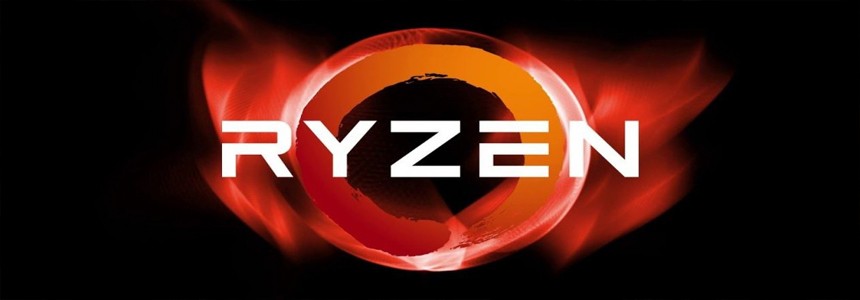
However, there is one caveat here, and it is an important one: AMD Zen 3 architecture will appear before the end of the year. AMD has promised this so many times that it's almost a meme.
Given AMD's recent advances in processor design, chances are this is the processor to stick with. However, no one other than AMD has seen this, so it's impossible to say. But it's worth keeping in mind, or more accurately budgeting, while you're looking at Nvidia's latest releases. It may happen that you have to hold on to your current system for a little longer until more details become available.
Now that this is not the case, we can return to the subject at hand. AMD Zen 2 or Intel Comet Lake?
Intel leads the way in pure gaming terms with the 10-core, 20-thread Core i9 10900K. It's supposed to be a $500 processor though at the moment you can expect to pay up to $800 and the accompanying Z490 motherboards can be insanely expensive but if you're into gaming and just gaming then there's a lot to love here if you can handle the high price.
Slightly lower on the Intel stack, wallet-friendly pricing is a bit easier, and the drop in gaming performance is barely noticeable, especially at the resolutions you actually want to run on your RTX 3080. Definitely worth considering chips like the 8-core, 16-thread Core i7 10700K ($400) and a 6-core 12-thread Core i5 10600 ($275). You still have a problem with expensive motherboards, but if you're not hard on silicon overclocking then B460 motherboards are quite capable and much more affordable. These low-end processors are decent chips that won't bottleneck your new graphics card. At least today, anyway.
Alternatively, there is an AMD option that rewards you with more fast cores. Those craving some serious power should probably get their hands on the Ryzen 9 3900X ($430), which is a 12-core, 24-thread, 4,6GHz turbo-boosted monster. If you don't need that many cores, then the 8-core, 16-thread Ryzen 7 3700X will see you right for a few years, and at $290, that's a decent deal too.
One thing the Intel Comet Lake platform doesn't have is PCIe 4.0 support. Even on its latest platform, Intel still sticks to PCIe 3.0 support. And, in case you didn't know, that's one of the benefits of moving to the AMD Zen 2 architecture. Well, the fact that you get more cores for your money. Gaming performance is a bit slower, but in tests at 1080p most of the time you're talking about less than 10 percent difference, and as resolution increases, the difference gets smaller.
Until now, the main benefit of PCIe 4.0 has been faster storage. With the latest NVMe SSDs, you're looking at drives that can reach peak sequential read and write speeds of around 5000MB/s, and Samsung's 980 Pro will reportedly hit 7000MB/s in the near future . This is enough for many to switch to AMD.
Zen 2 also added support for PCIe 4.0 graphics cards, though it hasn't really benefited gamers so far. AMD Native RDNA Radeon GPUs (similar to Radeon RX5700XT and 5600) also support PCIe 4.0, but their gaming benefits are minimal, to say the least.
The new Nvidia Ampere RTX cards are also PCIe 4.0 cards, but Nvidia has been very candid about the minor performance improvements they offer. According to Nvidia's own internal testing, moving to PCIe 4.0 from a PCIe 3.0 platform only yields a 1-2% improvement over current games, although it was as high as 10% in some applications. However, in general, PCIe 4.0 alone isn't reason enough to dictate which processor you should pair with any of Nvidia's Ampere GPUs.
There's something on the horizon that could change that, and that's what Nvidia calls RTX I/O . Basically, it's a technology that will see resource usage shifted away from the CPU and handled directly by your graphics card. It's based on the Microsoft DirectStorage API, which makes the next generation Xbox Series X so damn fast.
There is also some trick here because your card can handle compressed data and you don't need to decompress it first. So not only does it free up your CPU for more important tasks (and loading data can take a surprising amount of your CPU time), but it's also more efficient at the same time.
Nvidia showed how to boot Marbles (that real-time ray tracing sliding beauty that I can't replicate for myself) from a PCIe 4.0 NVMe drive using RTX I/O instead of forcing the CPU to do all the hard work. You're looking at 1,61 seconds to load everything using RTX I/O, as opposed to the 5,02 seconds it took a 24-core Threadripper to do the same, with max cores in the process. Incidentally, Nvidia showed the whole thing booting from the hard drive without compression, and it took 62 seconds.
So PCIe 4.0 will potentially be important for gaming. In the end. However, there is a bit of a downside here, and that's because games aren't going to use this anytime soon. Nvidia won't release an SDK for it until next year, and therefore probably won't get games that use it until 2022, and more likely later. By then, Intel will definitely move to PCIe 4.0. It was recently revealed that Tiger Lake laptop processors already support PCIe 4.0, and its future desktop platform is bound to change next year.
So, given that PCIe 4.0 is probably out of the picture for a while yet, and the Zen 3 question is nearly impossible to answer, your choice of CPU, as far as we know at this time, boils down to what processor is best for gaming cpu right now ?
 Thank you very much!
Thank you very much!

